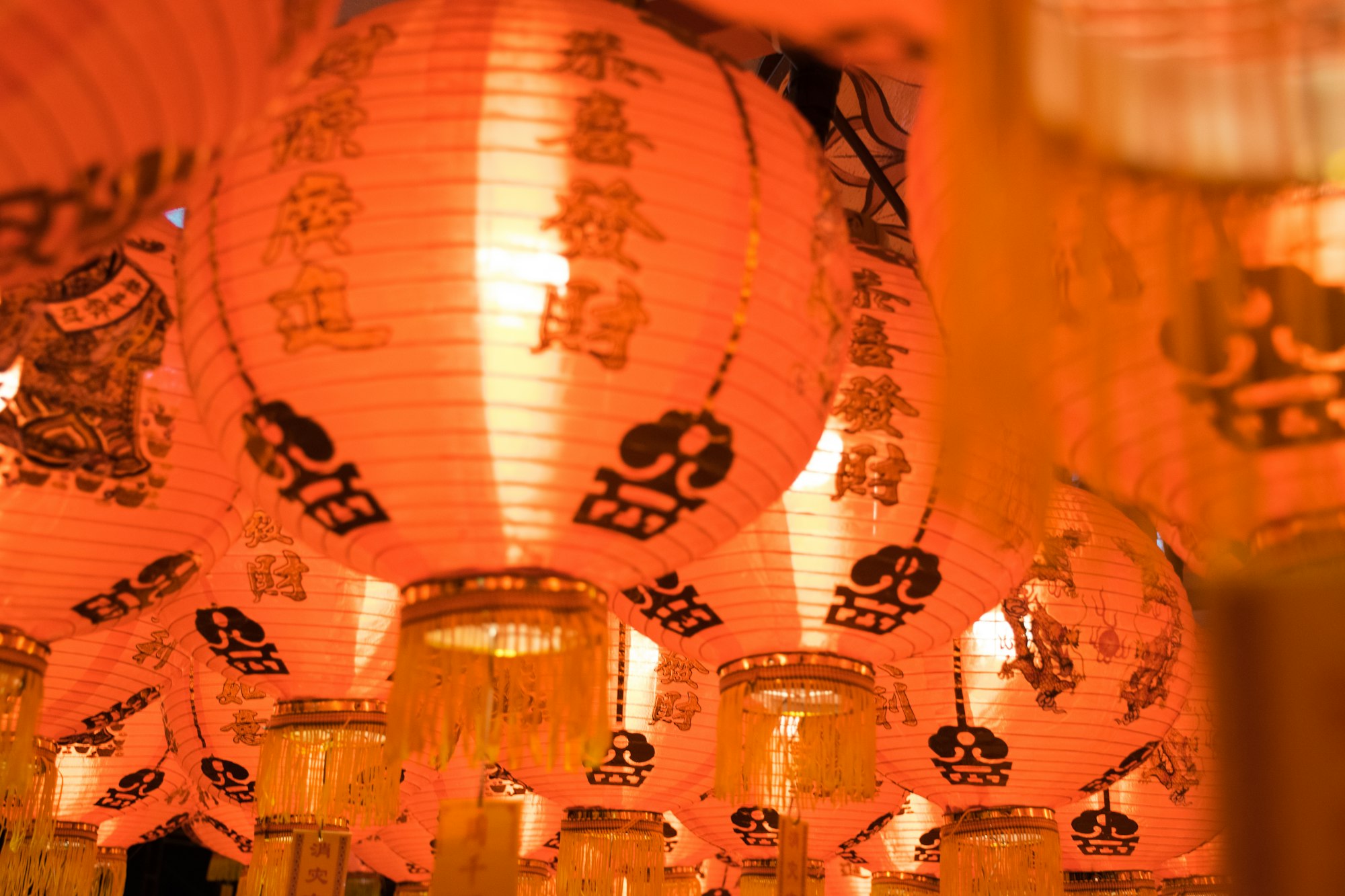Chinese New Year

The Chinese New Year has a very long history. It can be dated back 5000 years ago when people still lived in tributes. It originated from the ceremony in which the ancient ancestors were praying for a good harvest year at the beginning of Spring. This is why in Chinese, it is called Spring Festivals.
The Chinese New Year is based on the lunar calendar and it normally falls in late January and February. The festival starts seven days before the actual New Year and ends on the full moon of the first month, which is 22 days. Different areas in China may have different traditions for Chinese New Year.
The 15th day of the new year is called the Lanterns Festival day. Lanterns are hanging over the street and riddles on the lanterns are solved. Lion dances and dragon dances are performed. Along with the day, the Spring Festivals come to an end.
The Chinese New Year holiday schedule from 2018 to 2023:
Year /Date
2018 /Friday, February 16
2019 /Tuesday, February 5
2020 /Saturday, January 25
2021 /Friday, February 12
2022 /Tuesday, February 1
2023 /Sunday, January 22
CAWM organizes the local Chinese community to celebrate the Chinese New Year every year. The event is usually held in Saturday before or after the holiday. This is the association's biggest celebration, and cultural performances are an important part of the event. On the day of the event, the venue will be decorated with lanterns and spring couplets; members and friends will greet each other in traditional or holiday dresses; the dinner table will be covered with authentic Chinese cuisine; children under the age of 18 will receive a red "good luck" envelope; and cultural performances will bring the celebration to a climax. Planning for the event takes several months, and many volunteers will contribute to the success of the event.